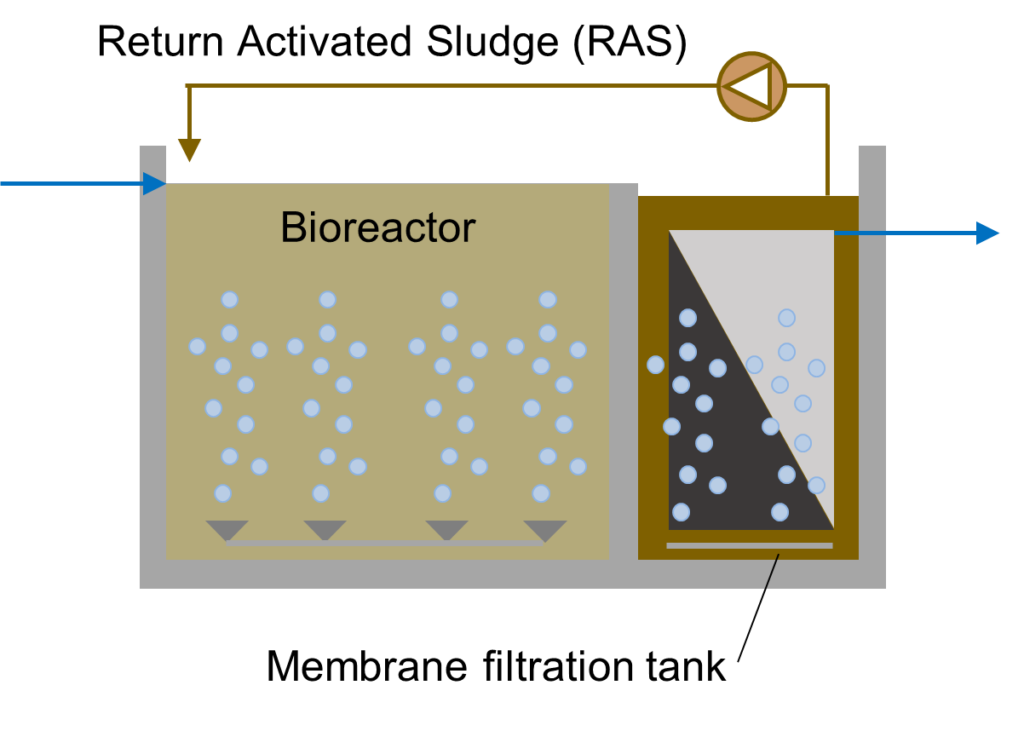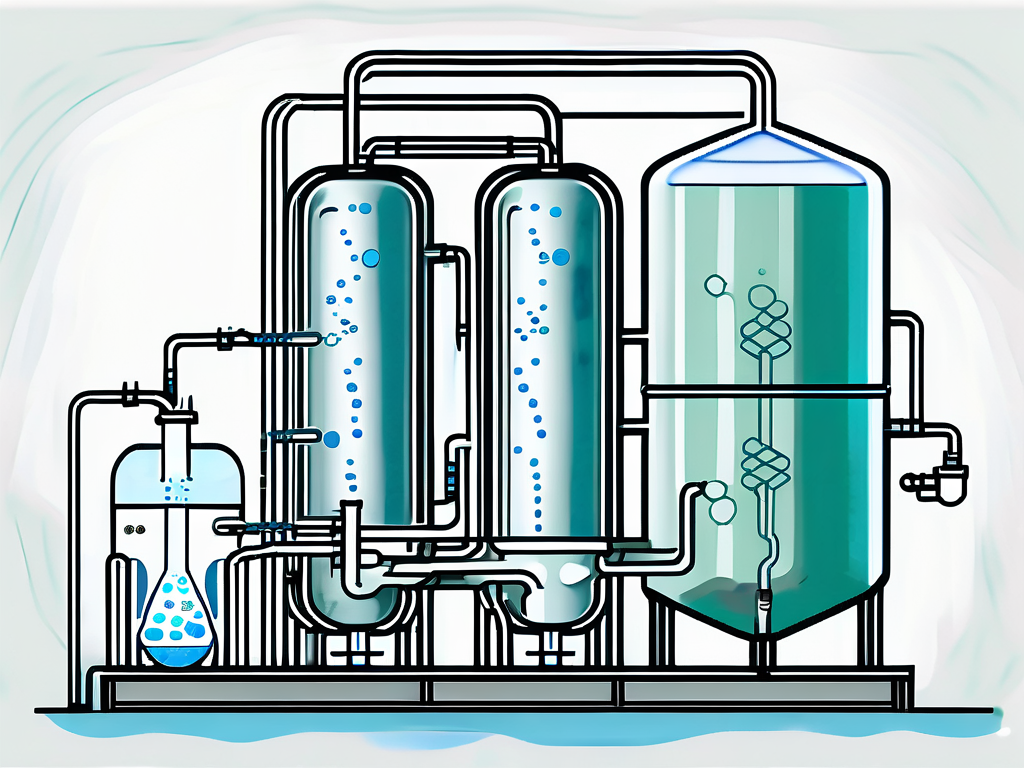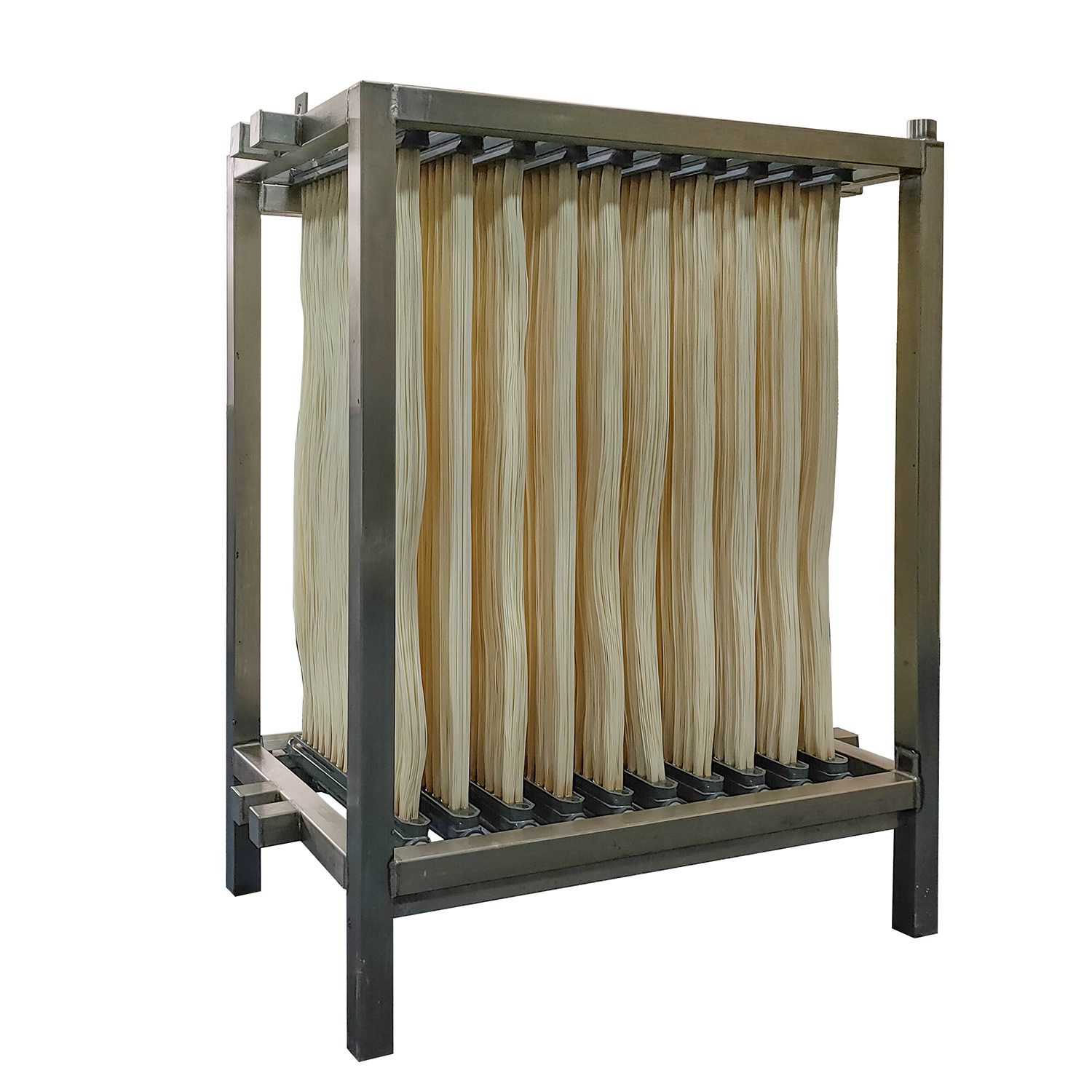The Science Behind Membrane Bioreactor: How It Works and Why It’s Effective
Membrane Bioreactors Discussed: Efficient Solutions for Tidy Water
Membrane bioreactors (MBRs) have become a sophisticated option for addressing the pushing obstacles of wastewater therapy. By integrating biological procedures with sophisticated membrane purification, MBRs not only boost the high quality of treated water but additionally decrease the spatial demands of therapy facilities. As environmental concerns increase, the role of MBR innovation in promoting lasting water administration becomes significantly substantial. Nevertheless, the intricacies of their procedure, advantages, and prospective applications warrant a closer exam to totally recognize their impact on the future of water treatment.

What Are Membrane Layer Bioreactors?
Membrane bioreactors (MBRs) are advanced wastewater treatment systems that incorporate biological destruction processes with membrane layer purification innovation. This assimilation enables the effective elimination of impurities from water, making MBRs a favored selection in numerous applications, including municipal wastewater therapy and industrial effluent monitoring.

One of the crucial benefits of MBRs is their capability to produce high-quality effluent, usually ideal for reuse in irrigation or commercial procedures. Additionally, MBRs require a smaller footprint contrasted to traditional therapy systems, making them optimal for city setups where area may be restricted.
Moreover, MBRs can successfully take care of differing influent loads and are much less susceptible to the results of harmful shocks. These characteristics add to their growing appeal as a sustainable remedy for attending to the boosting need for clean water while lessening environmental impacts.
How Membrane Bioreactors Job
While the procedure of membrane layer bioreactors (MBRs) may seem complicated, it essentially focuses on the synergy between organic processes and membrane layer filtration. MBRs incorporate a biological therapy process, generally turned on sludge, with a membrane separation unit to treat wastewater successfully.
In an MBR system, wastewater is initial introduced right into a bioreactor where microbes deteriorate natural issue and other impurities. The organic activity minimizes the focus of toxins while promoting the growth of biomass. Following this organic treatment, the combined liquor undergoes membrane purification, which can be microfiltration or ultrafiltration, depending upon the wanted effluent high quality.
The membranes act as a physical barrier, allowing water and little solutes to pass while keeping suspended solids and bigger molecules. This makes it possible for the system to maintain a high concentration of biomass within the activator, improving the treatment performance.
Additionally, the continual separation of cured water from the biomass promotes a compact layout and reduces the impact of the treatment facility. In general, the combination of organic degradation and membrane purification in MBRs results in reliable and reliable wastewater treatment, ensuring top notch effluent appropriate for numerous applications.
Advantages of MBR Innovation
One of the essential advantages of membrane bioreactor (MBR) modern technology is its capability to generate premium effluent with a considerably lowered impact contrasted to traditional wastewater treatment approaches. MBR systems properly incorporate organic treatment and membrane layer filtering, causing superior elimination of impurities, including suspended solids, virus, and raw material. This capacity causes effluent that frequently satisfies or goes beyond stringent regulative criteria for reuse and discharge.
Additionally, MBR innovation permits higher biomass concentrations, which enhances the treatment efficiency and decreases the needed activator go to my site quantity. This small design is particularly beneficial in urban locations where room is restricted. The functional versatility of MBR systems likewise indicates they can adjust to differing influent qualities and circulation prices, making them ideal for a vast array of applications.
Furthermore, the minimized sludge production connected with MBR processes adds to decrease functional and maintenance expenses. The membrane layers work as a physical obstacle, reducing the danger of obstructing and enabling longer functional periods in between cleansing. On the whole, the advantages of MBR modern technology make it an appealing solution for sustainable wastewater treatment, resolving both ecological concerns and the need for efficient resource management.
Applications of Membrane Layer Bioreactors
With their flexibility and effectiveness, membrane bioreactors (MBRs) discover applications throughout numerous industries, including metropolitan wastewater therapy, industrial procedures, and also water improvement. In metropolitan settings, MBRs his response give a portable solution for treating wastewater, successfully getting rid of impurities while all at once creating high-grade effluent that satisfies stringent governing standards. This makes them especially ideal for locations with limited room.
In industrial applications, MBR modern technology is used for treating procedure water, especially in sectors such as food and drink, drugs, and petrochemicals. These industries take advantage of MBRs' ability to manage high natural tons and their efficiency in recouping beneficial sources from wastewater, such as nutrients and water.
Additionally, MBRs play a vital function in water reclamation initiatives, making it possible for the reuse of dealt with wastewater for watering, industrial procedures, and even as safe and clean water after further therapy (Membrane Bioreactor). Their performance in eliminating pathogens and contaminants makes them a trustworthy selection for making sure water high quality in numerous reuse applications
Future of Water Treatment Solutions
The future of water therapy services is positioned for transformative innovations driven by technical innovation and increasing environmental understanding. As worldwide water deficiency ends up being a pressing problem, new methodologies, including membrane layer bioreactor (MBR) systems, are readied to play a critical function in enhancing the efficiency and sustainability of water treatment processes.
Arising modern technologies such as expert system and machine discovering are anticipated to maximize treatment operations, permitting real-time tracking and anticipating maintenance. This will certainly enhance the overall integrity and effectiveness of water therapy facilities. Improvements in membrane layer products, such as graphene and nanofiltration, promise to increase permeation prices and reduce fouling, leading to lower power consumption and operational prices.
Additionally, the assimilation of renewable resource sources right into water therapy plants will contribute to greener practices. The circular economy design will also get grip, motivating the recovery of beneficial resources from wastewater, such as nutrients and energy.
Verdict

Membrane bioreactors (MBRs) have emerged as a sophisticated solution for addressing the pushing difficulties of wastewater treatment. By incorporating biological processes with advanced membrane layer filtration, MBRs not just improve the quality of treated water yet also decrease the spatial demands of treatment centers.One of the crucial benefits of membrane bioreactor (MBR) technology is its ability to generate high-quality effluent with a significantly reduced footprint contrasted to traditional wastewater therapy approaches.With their convenience and performance, membrane layer bioreactors (MBRs) discover applications across different sectors, consisting of community wastewater therapy, commercial procedures, and also water improvement.In verdict, membrane layer bioreactors stand for a considerable improvement in wastewater treatment modern technology, integrating organic processes with efficient membrane filtering to generate top quality effluent.